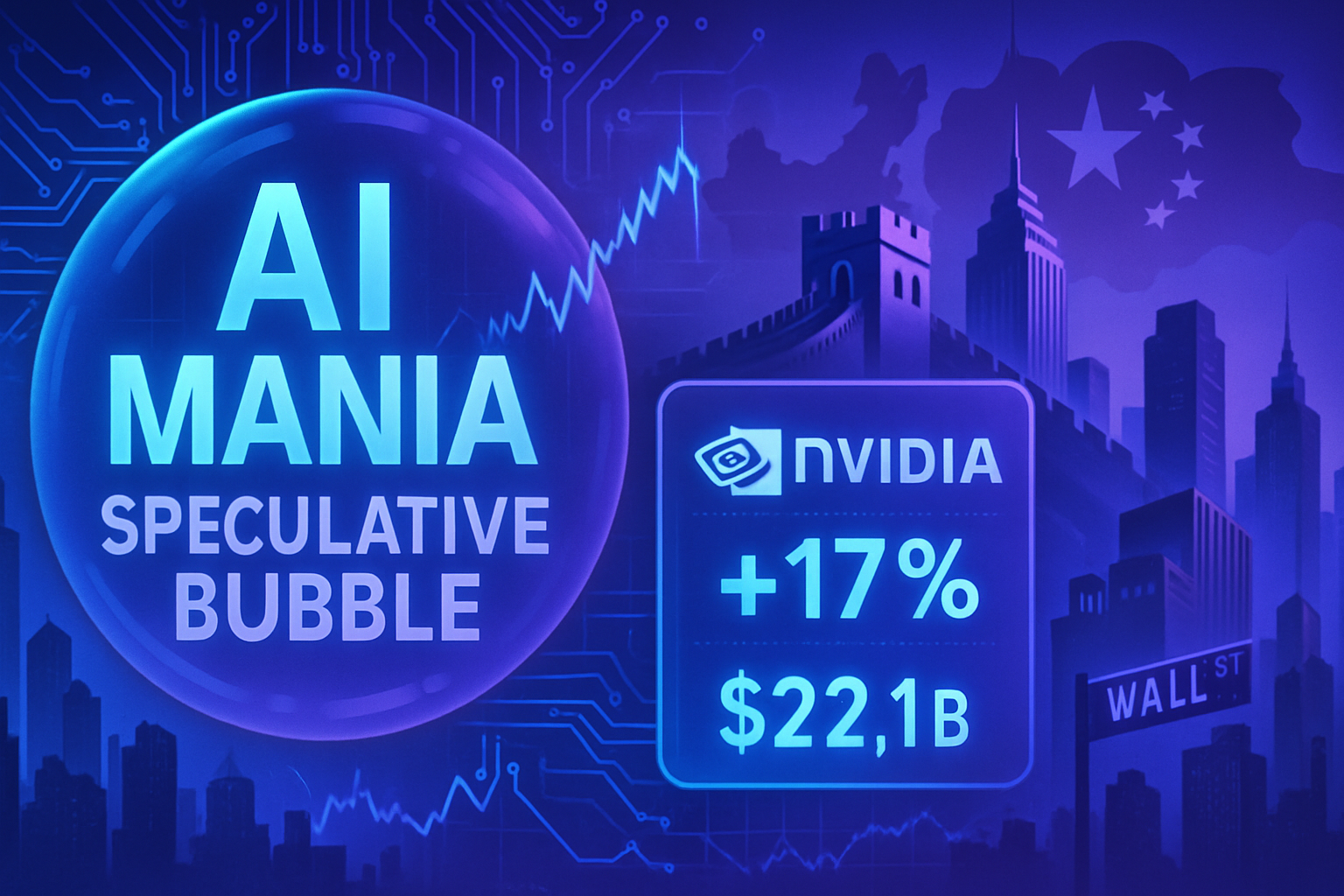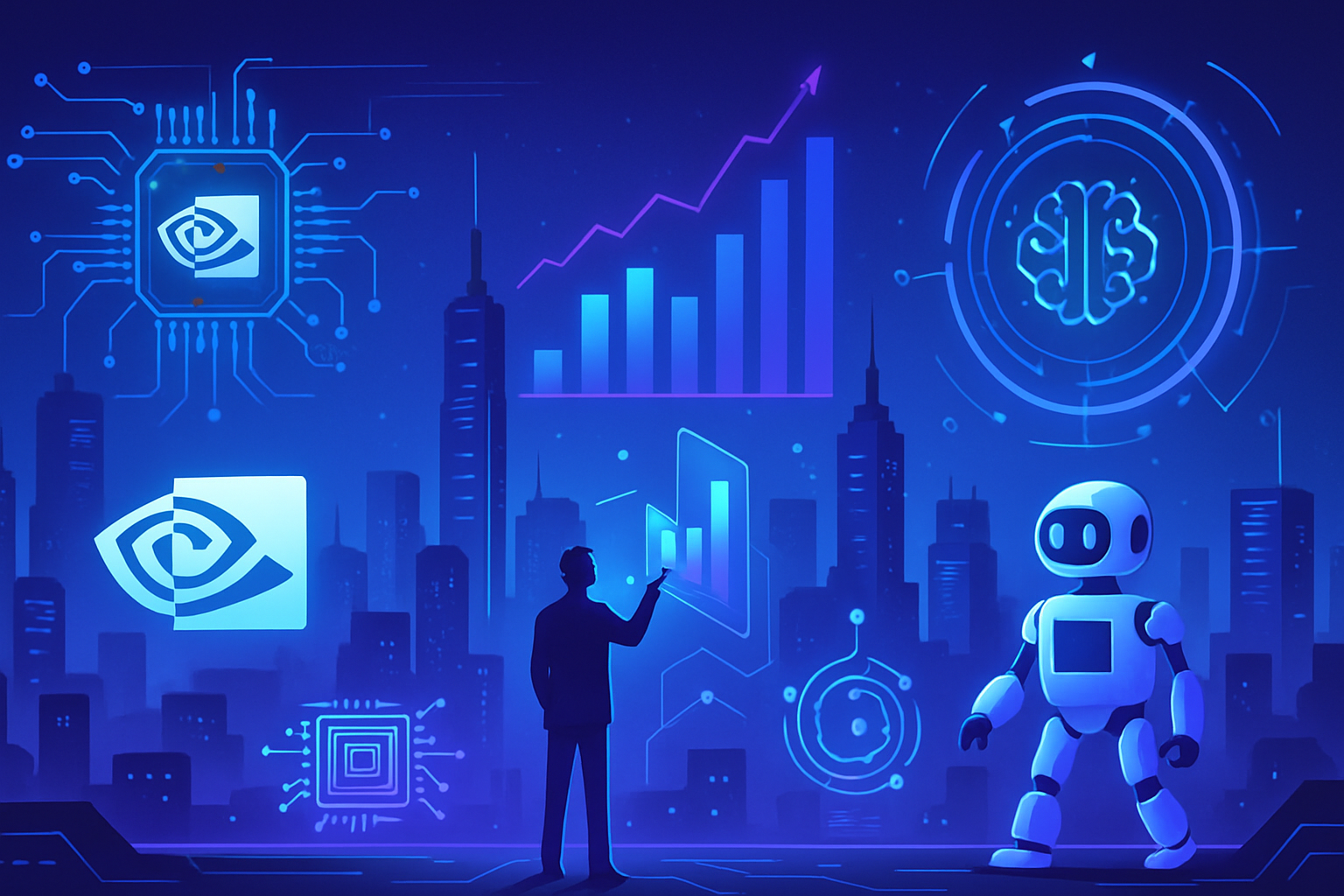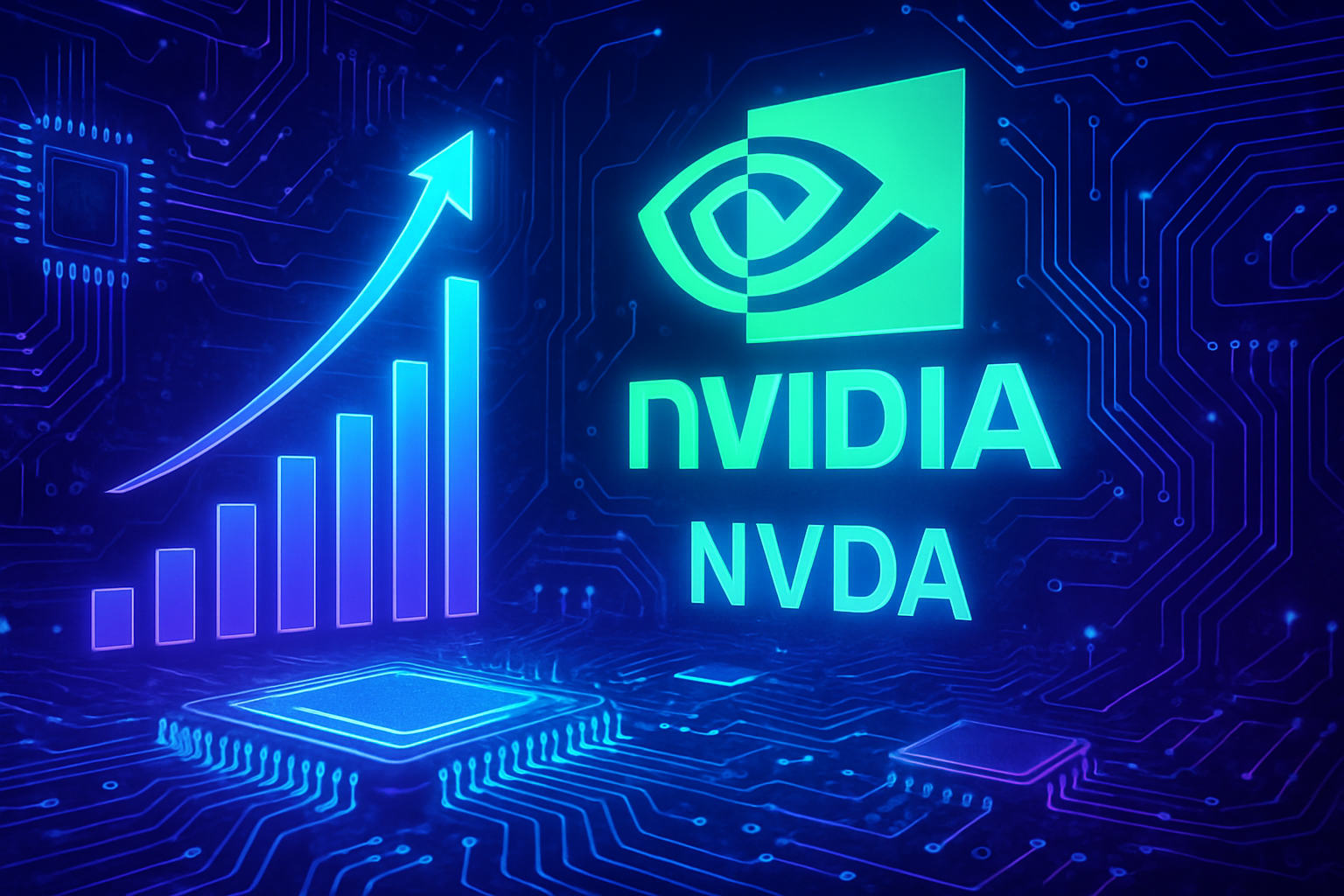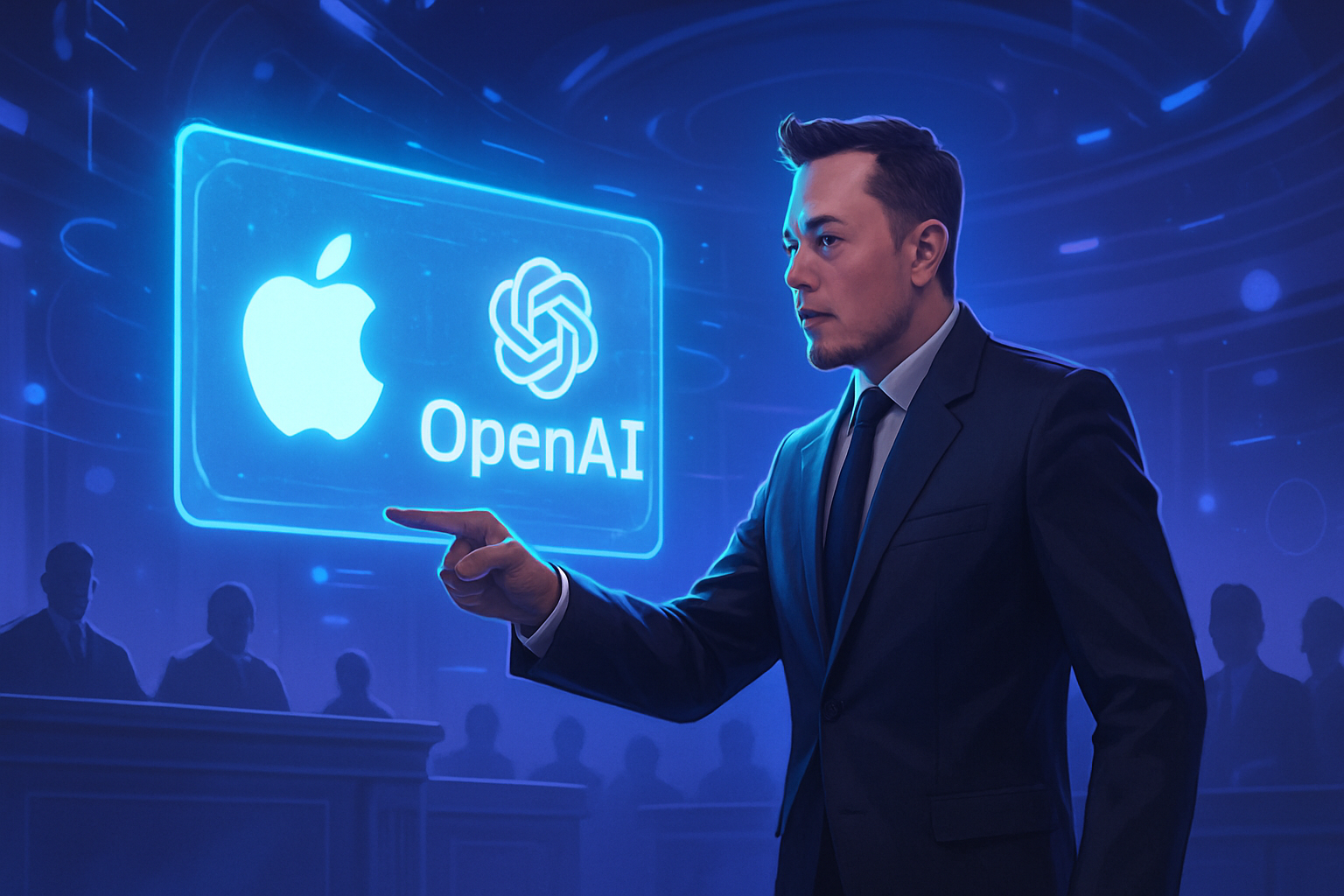Technological advancements are radically transforming the autonomy of robots. *A revolutionary method emerges* to enable machines to understand and interact with their environment. The ability to *map* spaces and *identify objects* makes it easier to accomplish complex tasks. This innovation underscores the growing importance of artificial intelligence in the world of robots. The implications extend far beyond simple industrial applications, reshaping our perception of robotic capabilities.
A major technological breakthrough
An innovative new method allows robots to map their environment while identifying objects. This revolutionary approach relies on cutting-edge algorithms and machine learning techniques, thereby enriching the capabilities of autonomous robots. These advancements transform their capacity for interaction with the world around them.
How it works
Robots using this method rely on LiDAR technology, a laser detection system, to create accurate maps of their environment in real-time. By analyzing the data collected by this sensor, robots develop a three-dimensional representation of the space they explore. This process also involves object recognition through machine learning models capable of analyzing various physical characteristics.
Practical applications
The ability to identify objects and map an environment finds varied applications in industrial, logistical, and home automation sectors. Robots can determine the best ways to accomplish tasks such as recycling, package delivery, or monitoring spaces. With this technology, systems are proving to be suitable for complex environments, optimizing the effectiveness and precision of interventions.
Deep learning for autonomy
Deep learning algorithms play a key role in enhancing this new method. They allow robots not only to recognize objects but also to learn from past interactions to adapt their future behavior. Thus, robots are able to evolve in changing environments, significantly increasing their autonomy.
Human-robot collaboration
An interesting dimension of this technology is the support offered to robots by humans. Recent research has highlighted the concept of Bayesian Learning IN the Dark (BLIND). This system engages users in the learning process, facilitating a more harmonious interaction between robots and their operators. Human involvement in complex tasks enhances the robots’ efficiency while expanding their areas of application.
Future perspectives
Optimizing exploration strategies is one of the development axes under consideration. By combining multiple robots, a coordinated exploration strategy could minimize collision risks and maximize environmental coverage. Researchers at Loria are working on multifunctional solutions that would enable robots to effectively distribute their tasks.
This technological advancement offers considerable hope for various fields, particularly thanks to increasingly autonomous and efficient robots. They can relay precise information, which can transform entire sectors. These innovations shape a reality where robots and humans collaborate synergistically for a more autonomous and intelligent environment.
Frequently asked questions about mapping and object identification by robots
What is robotic mapping?
Robotic mapping is the process by which a robot creates a representation of its environment, often in the form of a map, allowing it to navigate and orient itself in that space.
How do robots identify objects in their environment?
Robots use sensors such as cameras and lasers, coupled with advanced artificial intelligence algorithms, to recognize and classify objects based on images and collected data.
What technologies are used for mapping and object identification?
Technologies include LiDAR sensors, RGB-D cameras, as well as image processing and machine learning frameworks to analyze and interpret collected data.
What is the importance of mapping methods for autonomous robots?
This method is crucial as it enables robots to navigate without human intervention, detect obstacles, avoid collisions, and execute tasks autonomously.
Can robots improve their mapping over time?
Yes, through machine learning techniques, robots can optimize their mapping by integrating new information and adjusting their models as they explore new environments.
What is the difference between 2D and 3D mapping for robots?
2D mapping creates a flat representation of the environment, while 3D mapping offers a more realistic view by taking depth and dimensions of objects into account, which is essential for complex tasks.
How do robots determine actions to take after mapping their environment?
Robots use planning algorithms that, based on their map and identified objects, determine the best actions to take to accomplish specific tasks.
What are the challenges faced by robots in mapping and object identification?
Challenges include managing dynamic environments, recognizing different objects under varying lighting conditions, and navigating through cluttered spaces.
Are mapping techniques applicable to all types of robots?
Yes, most mapping techniques can be adapted to different types of robots, whether they are mobile, aerial, or underwater, although their implementation may vary according to the specific features of each platform.






